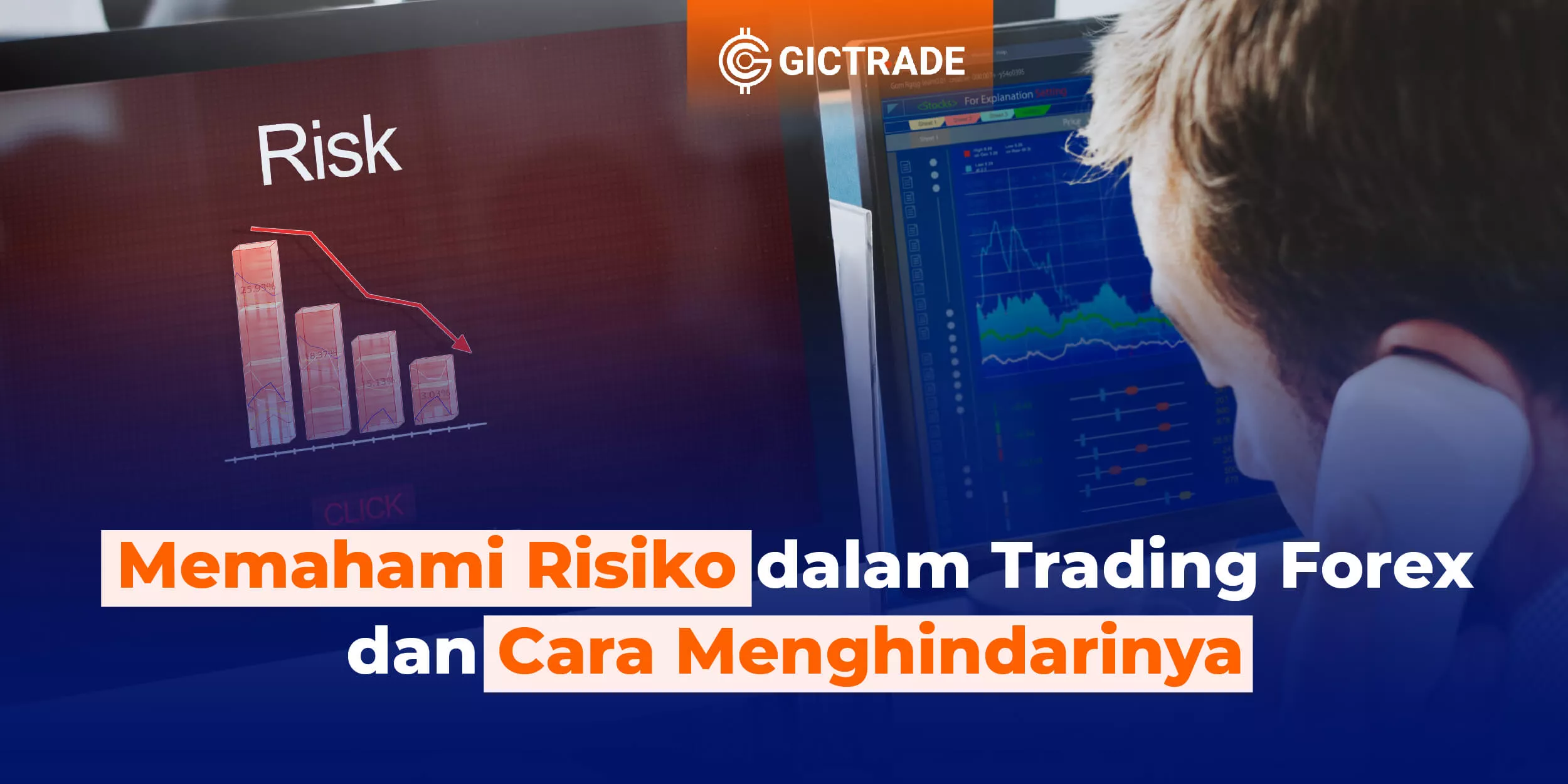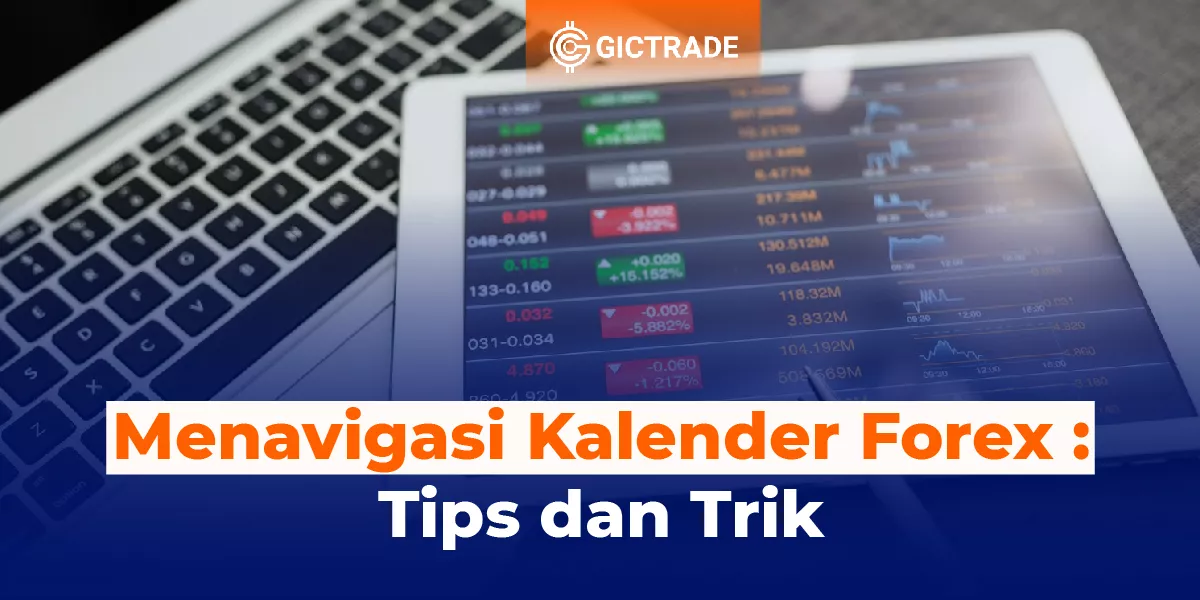Risks in Forex Trading - Forex trading is an activity that allows individuals or companies to buy and sell foreign currencies. However, behind the promising profit opportunities, there are risks that traders should carefully consider. In this article, we will discuss the risks in forex trading and how to manage them wisely.
Table of Contents
Definition of Forex Risk
Before discussing further, let's define what risk is in forex trading. Forex risk refers to the possible losses or uncertainties that can occur when making foreign currency transactions. In the context of forex trading, this risk relates to fluctuations in currency exchange rates that can affect the outcome of transactions.
Currency exchange rates can be affected by a variety of factors, including a country's economic conditions, monetary policy, political stability, and other factors that affect the demand and supply of currency. Changes in currency exchange rates can have an impact on profits or losses in forex trading. One of the main risks in forex trading is the risk of currency movements. Currency exchange rates can fluctuate significantly in a short period of time, especially in volatile market conditions. These fluctuations can result in changes in the value of trading positions, either into profits or losses.
.webp)
In addition, economic risk is also a factor that must be considered in forex trading. Changes in a country's economic conditions, such as slow economic growth, high inflation, or financial instability, can affect the value of that country's currency. Traders must understand and take into account these economic risks in their trading decisions. In addition to currency movement risks and economic risks, there are also political risks that must be considered. Political factors such as changes in government, unstable political policies, or political conflicts can affect the value of a country's currency. This political risk can increase uncertainty in forex trading.
In addition, liquidity risk is also something that needs to be considered. Liquidity refers to the ability to buy or sell currencies quickly and without having too much influence on market prices.
When the forex market is illiquid, especially during periods of high volatility, it can be difficult to execute transactions at the desired price. This liquidity risk can affect a trader's ability to exit a position quickly.
It is important for forex traders to understand and recognize these risks in their trading. With a good understanding of forex risk, traders can take the right steps to manage risk, such as the use of stop losses, proper position size management, portfolio diversification, and good emotion management. By doing so, they can increase their chances of success in forex trading and reduce the risk of unwanted losses.
Identifying Risks in Forex Trading
As a forex trader, it is important to be able to identify risks that may arise. There are several methods that can be used to identify risks in forex trading. First, conduct a careful market analysis to understand the factors that affect currency movements.
Second, using technical analysis involves the use of price indicators and charts to recognize market trends and patterns. Finally, pay attention to fundamental factors such as economic news and monetary policy that can affect the value of a currency.
Measuring Risk in Forex Trading
After identifying the risks, the next step is to measure them appropriately. One of the commonly used methods is to use a stop loss. A stop loss is an order to sell a currency if the value drops to a predetermined point. In addition, traders can also use the risk-reward ratio to calculate the potential profit compared to the risk taken. Volatility indicators such as the Average True Range (ATR) can also help in measuring risk by identifying the level of market volatility.
Managing Risk in Forex Trading
After knowing and measuring the risks, the next important step is to manage them wisely. One important strategy is to diversify your portfolio. Diversification involves spreading your investments across different currencies and other financial instruments to reduce the risks associated with a single currency or instrument. In addition, determining the right position size based on risk tolerance and adhering to good emotion management are also very important in managing risk successfully.
Tools and Technology to Manage Risk
In the modern technological era, there are many tools and technologies available to assist traders in managing risks in forex trading. One of the commonly used tools is stop and trailing stop commands. A stop order allows traders to sell a currency automatically if the price reaches a predetermined stop level. Meanwhile, trailing stops allow traders to lock in profits by automatically moving the stop level if the price moves in the desired direction. In addition, there is also technical analysis software that can assist in analyzing market data, identifying trends, and providing relevant trading signals. The use of these tools can help traders in making better decisions and reduce the risks associated with improper decisions.
Psychological Risks in Forex Trading
In addition to financial risk, psychological risk is also a factor that needs to be considered in forex trading. Emotional distress, greed, and fear are examples of psychological risks that can affect trading decision-making. It is important to develop good trading discipline, manage emotions wisely, and conduct regular self-evaluations to address these psychological risks.
Trade on GIC, Minimize Stop Loss Risk with Money Management!
If you are a beginner trader and are still hesitant to make a deposit, this is certainly natural, psychologically you are not ready to trade or invest. GICTrade is a forex trading platform owned by GIC. This forex trading platform brings together traders and market makers. You as a prospective customer can certainly choose between the two, namely becoming a trader or a market maker.
In addition, GIC also has a GIC Social Trade feature. By using the Social Trade feature, you as a trader can become a follower who can follow the actions of the masters in trading, either through copy trading (following the trading actions of the masters) or reverse trading (doing the opposite action, for example: the master buys, you sell).
This feature makes it easier for beginner traders to still be able to learn forex trading but still make a profit. By opening a demo account on GICTrade, you will instantly learn and get acquainted with the MetaTrader 5 application because GICTrade uses the MT5 forex trading application to make transactions. Let's learn forex trading from now on!
Risk Case Studies in Forex Trading
To deepen the understanding of risk in forex trading, let's take a look at some relevant case studies. Through transaction analysis and real trading examples, we can identify the risks faced by traders and the steps that can be taken to manage them well. The case study also provides valuable insights into the importance of using stop losses, adjusting strategies, and evaluating risks regularly.
| Also Read : How to Use Leverage Wisely in Forex Trading |
Conclusion
In forex trading, risk is an integral part. However, with a good understanding of the risks, the right use of tools and technology, and good emotion management, these risks can be mitigated and managed wisely. Portfolio diversification, proper position sizing, and good emotion management are key to reducing risk and achieving success in forex trading. With proper awareness and management, traders can take smart steps to seize profit opportunities in the dynamic forex market. Note: This article only provides a general understanding of the risks in forex trading and is not intended as investment advice. It is best to consult a financial professional before engaging in any trading activity.
 Last:
Last: 






